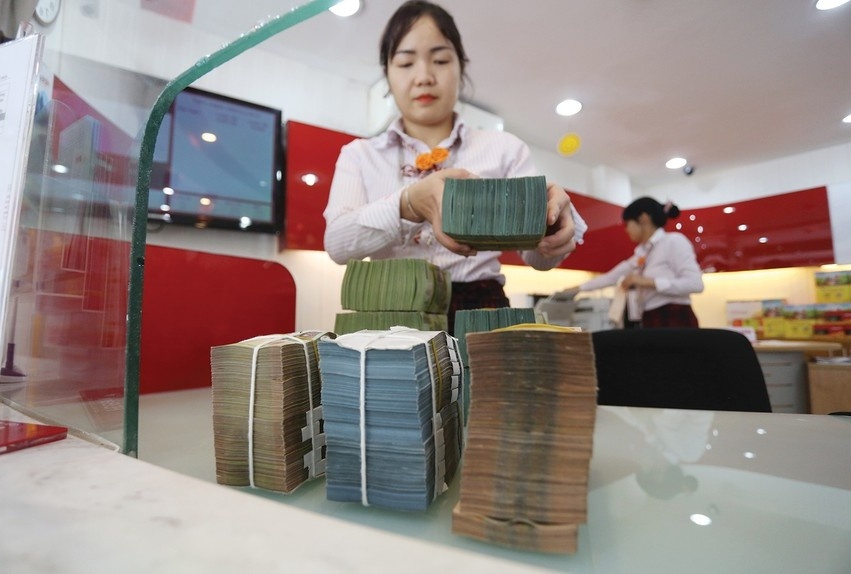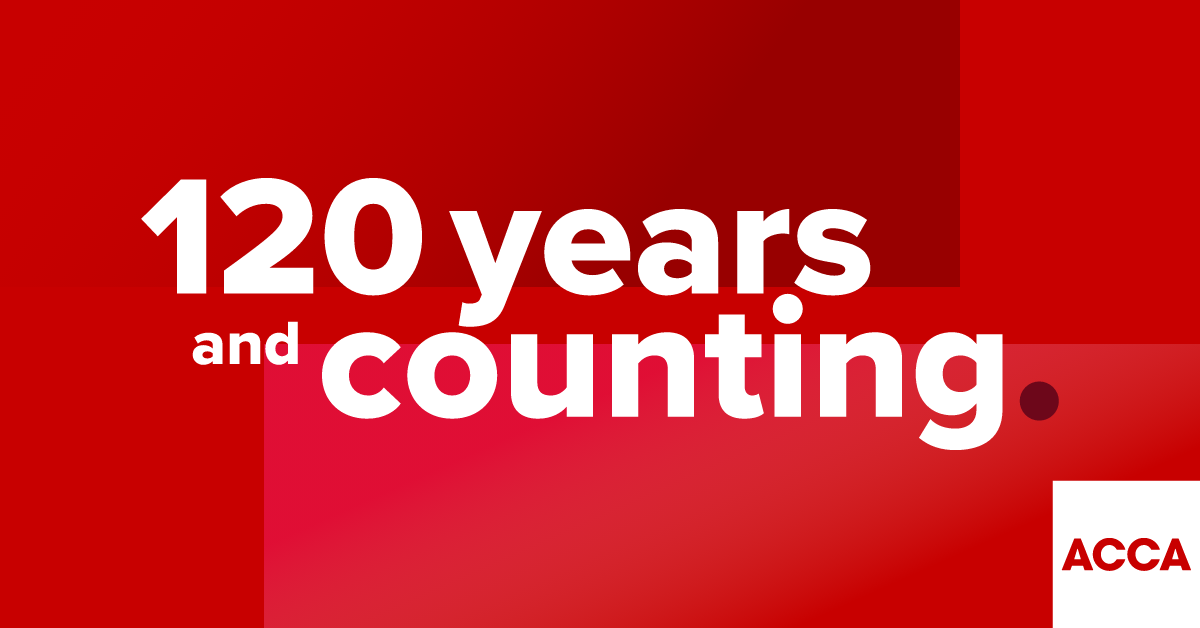State Bank to focus on security, liquidity
 |
| illustration photo |
These efforts are aimed at ensuring the smooth operation of the monetary market and safeguarding the interests of depositors as well as credit institutions and the banking sector as a whole.
In its announcement on October 18, the central bank also said the domestic monetary market was more stable, with a decrease in interest rates and greater transparency in deposit mobilisation and lending.
Interest on dong deposits is 14 per cent or less, and on loans to production sectors, 19 per cent.
The central bank is using monetary policy tools to bring down interest rates, curb money supply, and stabilise forex rates. This is also expected to ensure banking sector liquidity remains stable.
The central bank admitted that in the past the pace of credit growth at some banks was so quick that it resulted in an imbalance between availability and use of funds.
To stop this, the bank said it is determined to scrupulously implement the government's Resolution 11 on containing inflation, stabilising the economy, and guaranteeing social security.
Several monetary tightening measures have been applied, which caused temporary liquidity problems for some banks.
They include reducing loans to non – production sectors to 16 per cent for the year, curbing overall credit growth to 20 per cent, capping deposit interest rates at 14 per cent, and raising basic interest rates such as re-financing rate.
In a development strategy unveiled on the same day by the central bank, the consolidation and restructure of the banking system will be major tasks over the next five years.
The central bank said although some progress has been made in the banking system over the past year, the sector is still lacking competitiveness, financial ability, proper management, up to date technology and skilled human resources, causing instability and latent risks.
The central bank has been looking at addressing these limitations to develop the system safely, healthily and effectively, based on large scale operations and advanced banking administration and technological systems.
Accordingly, four basic principles for the restructuring process have been identified.
First, the sector will develop a diversified banking system in ownership, scale and type to meet the diversified demands of the economy in both urban and remote areas.
Regarding scale, there will be a variety of banks, ranging from those that can operate and compete on a regional scale, to small and medium sized banks and non-banking credit organisations to meet the demands of all the people.
The most important thing is that existing banks operate safely, healthily and effectively, not their scale, said State Bank Governor Nguyen Van Binh.
Second, the sector will improve a safe and secure banking system.
Third, mergers and consolidation among banks will be implemented under a voluntary basis and ensure the interests of depositors as well as the economic rights and obligations of shareholders.
Fourth, the restructure of the banking system would be implemented in various reasonable forms, measures and schedules.
The SBV said that mergers and consolidation tend to improve competitiveness and will bring added value to banks, including larger operating scale, increased reputation and lower operating costs.
By the end of 2010, Vietnam's banking system had one development bank, one social policy bank, five state-owned and state-invested commercial banks, 37 joint stock commercial banks, 50 branches of foreign banks, five wholly foreign-invested banks, five joint venture banks, 18 financial firms, 12 financial leasing companies and one people's central credit fund.
What the stars mean:
★ Poor ★ ★ Promising ★★★ Good ★★★★ Very good ★★★★★ Exceptional
Related Contents
Latest News
More News
- Agribank outlines obligation towards ESG-friendly policies (November 25, 2024 | 15:00)
- Integration of ESG criteria at SHB propels bank forward (November 25, 2024 | 14:44)
- Considerations to be made in light of US vote outcome (November 25, 2024 | 14:00)
- HDBank in triple victory at listed company awards (November 25, 2024 | 11:38)
- Malaysia's Solarvest and Finhero launch first solar financing fintech solution in Vietnam (November 22, 2024 | 19:50)
- SHB honoured at VLCAs for fourth time (November 22, 2024 | 19:08)
- Central Bank of Cuba chief visits Hanoi to work with VBSP (November 22, 2024 | 15:49)
- Credit sees steady growth towards year-end (November 21, 2024 | 17:46)
- HDBank wins three titles at Vietnam Listed Company Awards (November 21, 2024 | 10:01)
- VLCA’s corporate governance mission (November 21, 2024 | 10:00)




 Tag:
Tag:




















 Mobile Version
Mobile Version